Data Acquisition & Analysis
Opening up visibility into energy consumption, production and quality; identifying ways to reduce carbon footprints
Existing Data Acquisition
Electrical networks and grids worldwide operate on different frequencies and the electricity distributed throughout them contains natural variances and fluctuations that erode efficiency and result in losses. Researching and understanding these losses at a granular level is extraordinarily difficult because there is a variance in energy data quality across the different methods and technologies for collection.
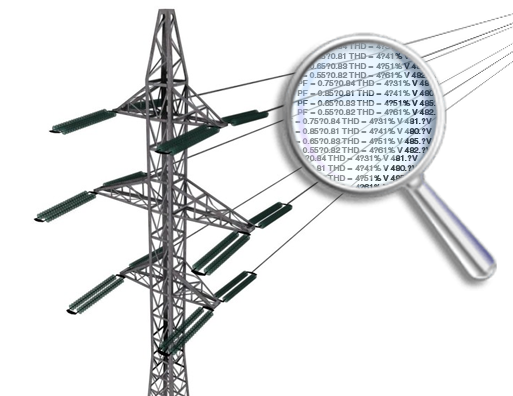
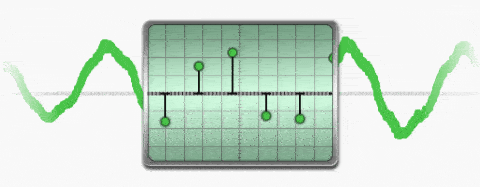
Electricity is not precisely measured, rather it is semi-accurately calculated. The existing approach is a low instrumentation approach that relies mainly on data acquired at the millisecond level. Electrons move at the speed of light so calculating electrical energy parameters using low fidelity, integrated values leaves a lot unknown about electrical energy flow. The RMS methodology is not sufficient for measuring electricity if accuracy is desired.
These are not small problems
We use different instruments of non-constant data quality to calculate electrical parameters in non-standard networks and grids across the world using a low fidelity methodology that has only changed since Nikola Tesla’s time by speed and size.
What Is Measured

What Is Actually There

Why this matters?
The inability to reliably and accurately acquire real time absolute electrical energy data on consumption, production or quality leaves us blind to the events that occur in the electrical environment at the micro and nanosecond level (real time).
This exposes our vulnerable electrical networks to unknown threats because electrical events can quickly cascade out of control if not appropriately addressed.

3DFS Data Acquisition and Analysis
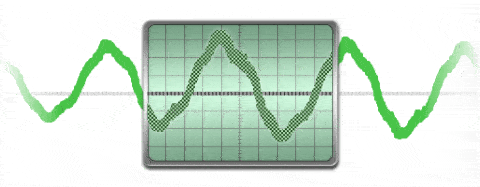
3DFS has taken an innovative approach to energy data acquisition and analysis. We leverage proprietary advancements in material science and computing to sense, acquire and analyze absolute electrical parameter data at the nanosecond level, not relying on the RMS methodology of calculation.
Coordinated Innovation
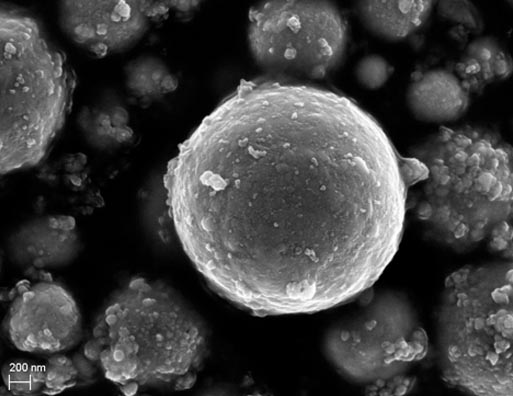
One of the innovations behind the 3DFS methodology is in material science. We produce our own proprietary sensors that are able to reliably sense electricity with a quarter-Watt accuracy at ultra high frequencies.
Another innovation is the ability to acquire and analyze data at such fast speeds with efficiency. To achieve this, the engineers had to invent a new method for computing massive amounts of data in an extremely short amount of time using very little power, called conveyor matrix computing.
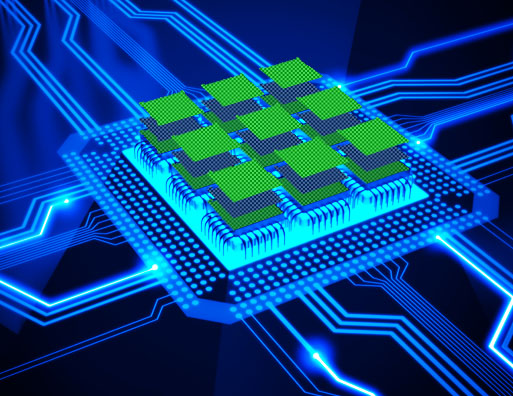
How this changes the industry


